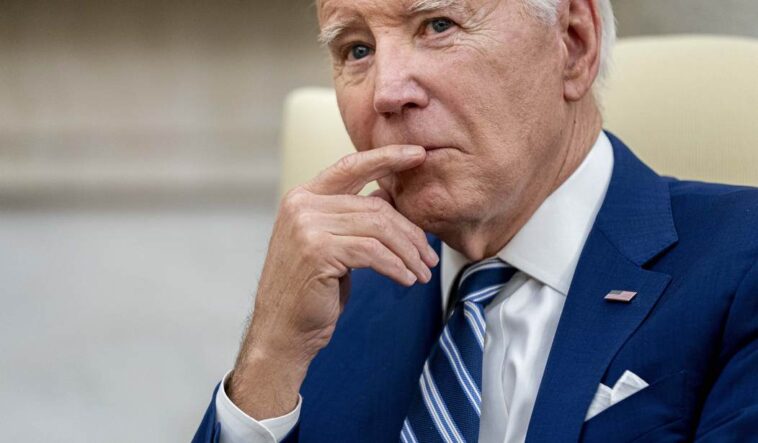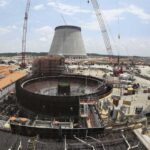President Joe Biden plans to spend “billion 300 million trillion 300 million dollars” on infrastructure investments as part of his next radical plan.
Well, maybe not that much. But we’re still unsure because the 81-year-old president fails to speak English at the podium.
In other words, much money is going toward his infrastructure plans.
On Friday, Biden used the opportunity to criticize former President Trump’s “failure” to invest in the United States’s infrastructure.
“Four years of infrastructure week, but it failed. He failed. On my watch, instead of infrastructure week, America is having infrastructure decade,” Biden said. “Over a billion, 300 million trillion, 300 million dollars!”
Despite America facing relentless border crossing, record-high crime, and crippling inflation, Biden declared that Trump is the one who “doesn’t know what the hell he’s talking about.”
However, look at Trump’s infrastructure plan that rebuilt America under his term before Biden tore it down again.
His goals included six principles:
$200 billion in Federal funds to spur at least $1.5 trillion in infrastructure investments with partners at the State, local, Tribal, and private levels. New investments will be made in rural America, which has been left behind for too long. Decision making authority will be returned to State and local governments. Regulatory barriers that needlessly get in the way of infrastructure projects will be removed. Permitting for infrastructure projects will be streamlined and shortened. America’s workforce will be supported and strengthened.
Trump also invested in rural America and proposed reforms so that hard-working Americans can secure good-paying jobs and meet the needs of the country’s industries.
On the contrary, last month, Biden praised several significant federal spending investments in passenger rail travel, including when he announced $16 billion in federal investments for rail travel along the busy Northeast Corridor.
However, his plans won’t go over as quickly as he promised since extended deadlines and cost overruns have plagued it.
The plan has been funded by some prior federal grants, a bond fund approved by voters in 2008, and revenue from the state’s cap-and-trade climate program. However, that adds up to a total far below the project’s estimated costs, now at more than $100 billion, causing some California Republicans to be critical of the president’s project.


